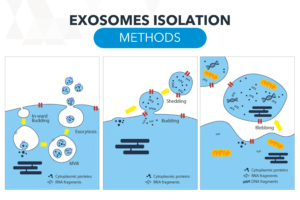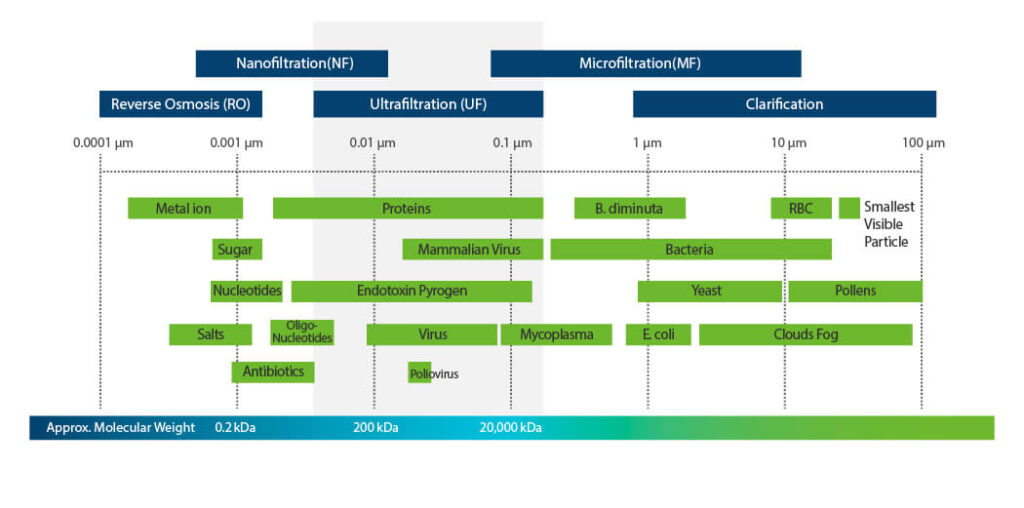

Tangential flow filtration (TFF) is a vital technique in the field of bioprocessing and purification, allowing for the separation, concentration, and purification of biomolecules and particles in solution. This topic holds significant importance due to its wide-ranging applications in biopharmaceutical manufacturing, protein purification, and the removal of contaminants from biological samples. TFF enables the gentle and efficient processing of large volumes of solution while minimizing sample loss and preserving the integrity of sensitive molecules.
By discussing TFF, we gain insights into its principles, methodologies, and advancements, which contribute to the production of high-quality biologics, the purification of biomolecules, and the advancement of biomedical research. Therefore, exploring the topic of tangential flow filtration is essential for scientists, researchers, and bioprocessing professionals seeking efficient and scalable purification techniques for biotechnology and biomedical applications.
Membrane filtration is a widely employed technique for separation and purification, based on the size exclusion principle. It involves the use of various membrane filtration technologies, including reverse osmosis (RO), nanofiltration (NF), ultrafiltration (UF), microfiltration (MF), and clarification.
Among these technologies, microfiltration and ultrafiltration are the most commonly utilized in various industries. Microfiltration can effectively filter particles ranging from 0.1 to 10 micrometers, such as bacteria. On the other hand, ultrafiltration is primarily used for the separation of biomolecules in the size range of 0.001 to 0.1 micrometers, such as proteins and viruses. Ultrafiltration is considered relatively “gentle” as it causes minimal denaturation or inactivation of biomolecules during the treatment process. Therefore, it is advantageous for applications involving biomolecules.
Tangential Flow Filtration (TFF) is the prevailing technique used in ultrafiltration and is commonly employed in various biological fields, including molecular biology, biochemistry, immunology, protein chemistry, and microbiology.

The traditional filtration method, known as direct flow filtration or dead-end filtration, involves the vertical flow of the sample through the membrane, allowing small molecules to pass through and be separated. However, this method has a drawback as macromolecules can accumulate on the membrane surface, forming a filter cake layer. As filtration time increases, the layer becomes thicker, leading to reduced filtration efficiency and a shorter lifespan for the membrane.
In contrast, tangential flow filtration operates with the sample flow moving horizontally across the membrane surface at a tangential angle. The sample flow is continuously filtered and rinses the membrane surface as it circulates, preventing the accumulation of macromolecules and reducing concentration polarization caused by reduced flow rates. This ensures a stable flow rate and effectively prolongs the lifespan of the filter membrane.
Tangential flow filtration offers additional advantages as it allows for both concentration and diafiltration simultaneously. Furthermore, the parameters used in experimental-level and production-level equipment are coherent, facilitating easy scale-up.
Due to these advantages, tangential flow filtration is increasingly preferred over traditional filtration in biotechnology and biomedicine-related fields, such as hospitals and the pharmaceutical industry.

The Tangential Flow Filtration method can be applied using various types of membrane modules, including flat plate (also known as cassette or capsule), hollow fiber, and spiral wound modules. Flat plate and hollow fiber membrane modules are preferred in most laboratories.



| Flat Plate | Hollow Fiber | Spiral Wound | |
| Volume ratio per surface area | Low | High | Moderate |
| Easy scale-up | Yes | Yes | No |
| Prevention of concentration polarization | Yes | No | Yes |
| Sample volume | High | Very high | Low |
| Recommended for | • General biomolecules
• Wastewater with high pollutants or high viscosity | • Shear-sensitive substances, such as some enzyme and protein • Wastewater with high concentration of suspended solids | Samples that required large area to filter, such as food and beverage. |
| Maintenance | • Rinse with proper solvents • Drain and pump air | • Rinse with proper solvents • Drain and pump air • Backwashing with proper solvents | • Rinse with proper solvents • Clean-in-place, CIP |

We equip your laboratory with speed and efficiency
Fill in the form and our team of experts will recommend the best viscometer and setup based on your requirements.